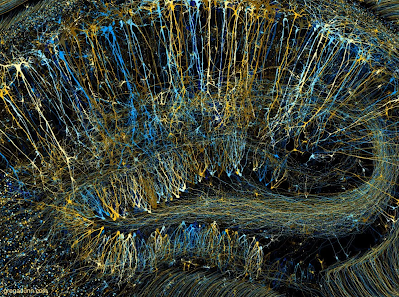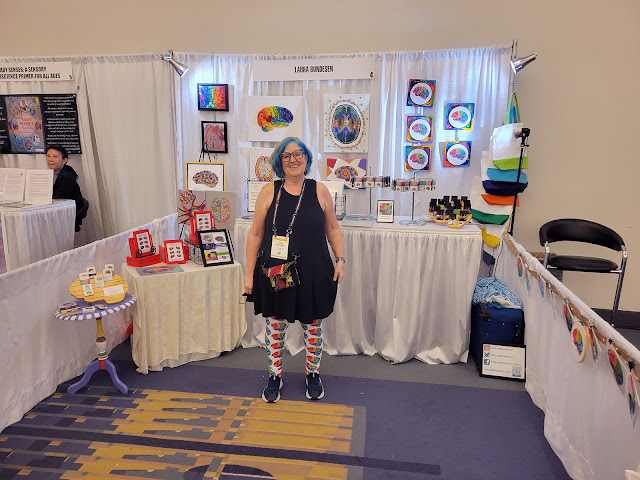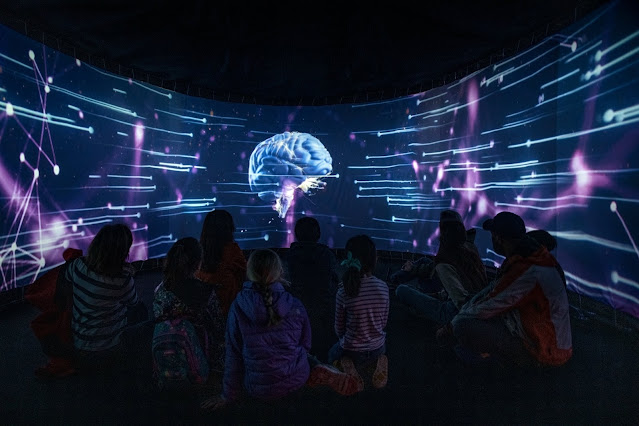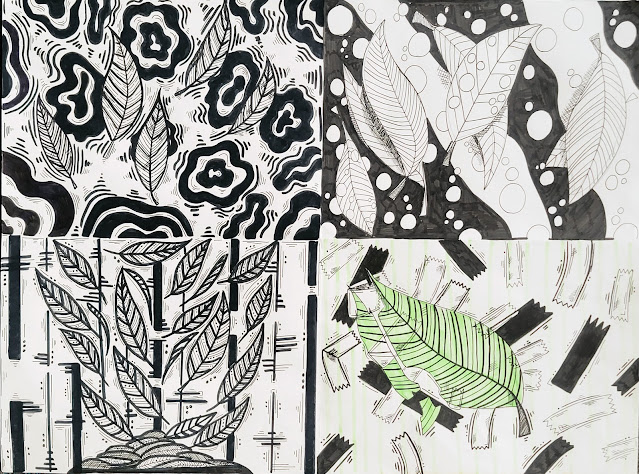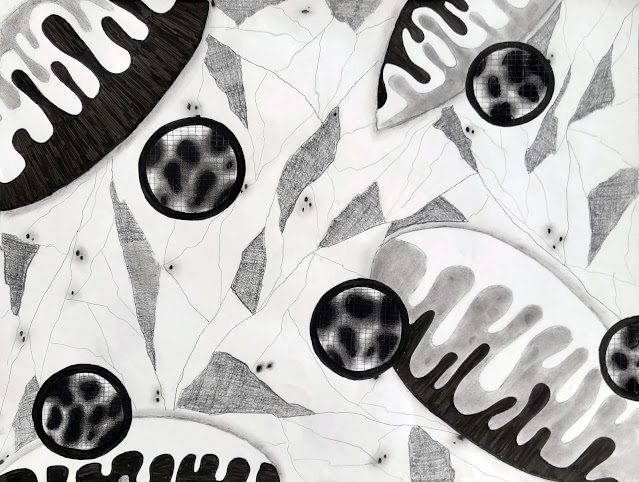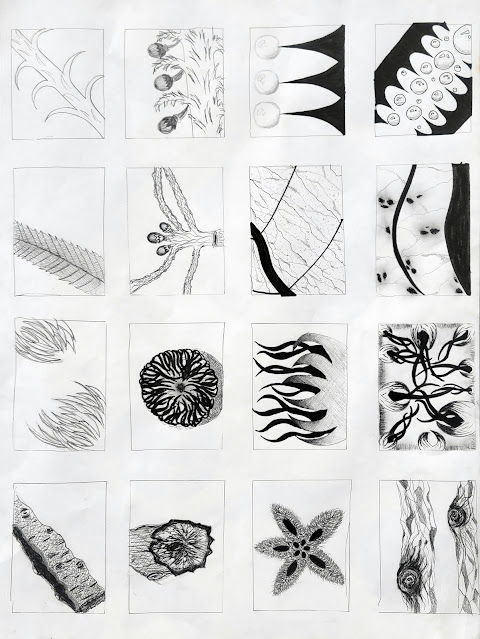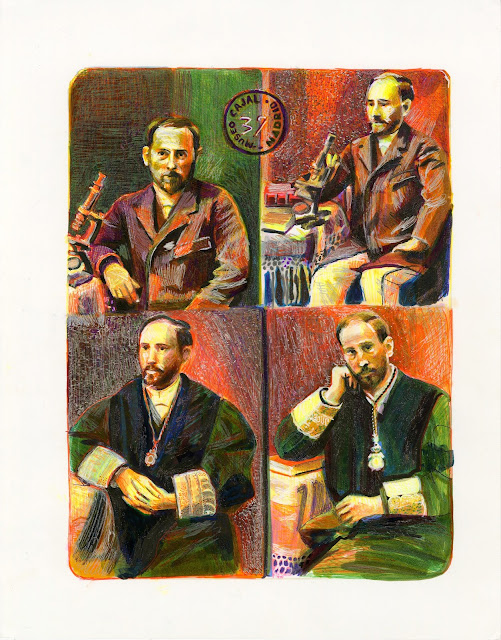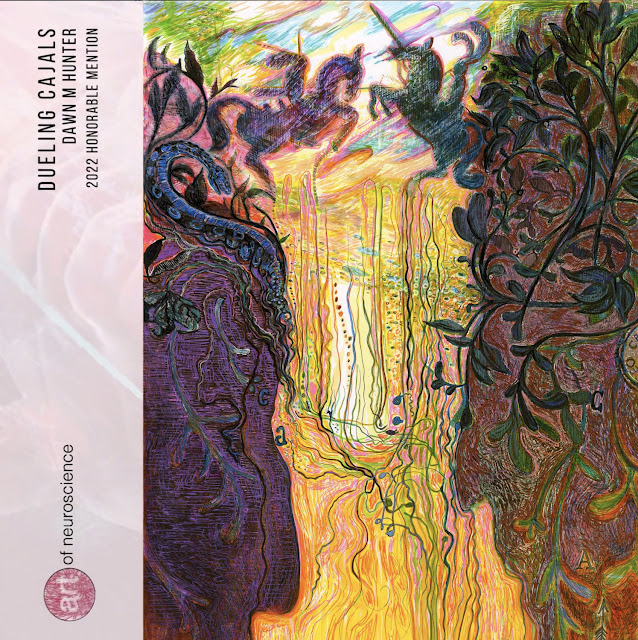The Society for Neuroscience's 2023 Annual Meeting in Washington, D.C., was a beacon for the neural sciences, uniting over 30,000 global attendees. It epitomized SfN's commitment to scientific collaboration, career growth, and networking. The conference's heart lay in its Featured and Special Lectures, where 13 Special and 4 Presidential Lectures showcased the pinnacle of neuroscience thought.
Keynote presentations spanned a diverse range of topics. From Mala Murthy's insights on Drosophila's neural networks to Sarah J. Tabrizi's breakthroughs in genetic therapies for neurodegenerative diseases, each session expanded the boundaries of neuroscience.
The following days continued the trend with Anne Schaefer's discussion on neuron-microglia circuits and Erin M. Schuman's exploration into synaptic cell biology. Joanne E. Berger-Sweeney's journey from bench scientist to college president brought a narrative of resilience and change to the domain of neuroscience and education.
Clinical neuroscience took center stage with Carolyn Rodriguez's exploration of OCD treatment avenues, while A. James Hudspeth's lecture on the mechanics of auditory hair cells revealed the complexities of hearing. The innovations in neuroscience tool development were highlighted by Karl Deisseroth's talk on channelrhodopsins.
Gilles Laurent's exploration of brain evolution and Judy Illes's address on neuroethics emphasized the expanding scope of neuroscience, touching upon cultural and environmental considerations. The role of astrocytes in neural circuitry was illuminated by Cagla Eroglu, and the intricate relationship between empathy and neural circuitry was presented by Hee-Sup Shin.
The meeting's final day was marked by Yang Dan's lecture on sleep regulation, Beatriz Rico's dive into cortical circuitries, and Mark M. Churchland's discussion on population-level neural computations. Xinzhong Dong demystified the sensation of itch, presenting new therapeutic directions.
The intersection of art and neuroscience was exemplified by the presence of Ella Maru Studio co-founded by Sasha and Ella Marushchenko. Ella's scientific illustrations and animations brought visual representation to complex scientific concepts. Her story, a tapestry of resilience, passion, and the power of visual communication, was a highlight of the conference's exhibitor hall. You can read more about Ella Maru Studio in a comprehensive SC People interview on www.dawnhunter.com, the home of the webzine South Carolina Sunshine.
The Art of Neuroscience exhibition featured highly respected and renowned artists like Greg Dunn, Michele Banks, and Laura Bundesen, whose diverse mediums and styles offered attendees a multifaceted view of neuroscience. Dunn's work, in particular, with its Asian influences and innovative reflective microetching, has made a significant impact across the neuroscience community.
In conclusion, Neuroscience 2023 was a testament to the synergistic potential between scientific discovery and artistic expression. The meeting underscored how art can elucidate and magnify our understanding of the brain's complexities, offering a dual celebration of scientific progress and the diverse, creative modalities through which we can appreciate the neural wonders.





